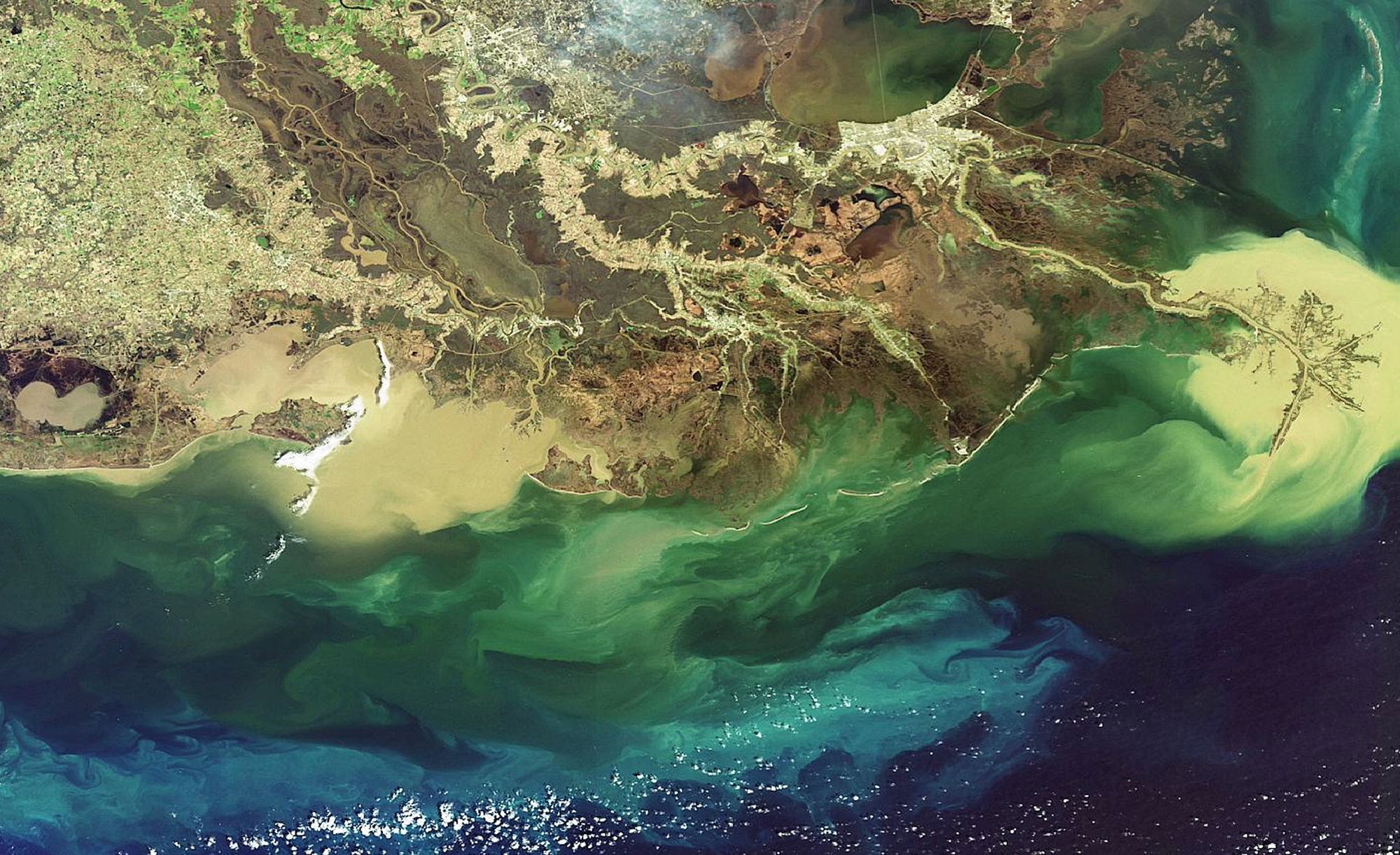
River deltas are among the most fertile and densely populated landscapes on Earth, yet rising seas, sediment loss and centuries of human engineering have left many vulnerable to collapse. Now, with a new $1 million grant from the National Science Foundation (NSF), Dr. Andrew Moodie, Assistant Professor in the Department of Geography and founder of the Surface Processes Research Group, is leading a groundbreaking effort to understand how human decisions have shaped — and continue to shape — the long-term fate of these critical environments.
Working in partnership with the Louisiana Coastal Protection and Restoration Authority, Moodie and his collaborators, Dr. Moira Zellner from Northeastern University and Dr. Paola Passalacqua from the University of Texas at Austin, will build participatory modeling platforms that simulate how engineering decisions, such as levee construction and river diversions, ripple through space and time, influencing geomorphic stability.
One key insight driving the research is that urbanization, often seen as a threat to delta sustainability, can actually create opportunities for positive change. As infrastructure investments increase, so does the opportunity to preserve deltaic landscapes. Strategic interventions, especially those placed at optimal locations within the river system, can reduce flood risk, extend the lifespan of engineered channels and improve sediment distribution to the coast.
By bridging geomorphology, computational science and stakeholder collaboration, Moodie’s work offers a new framework for delta planning. It is a shift from reactive management to proactive design — one that recognizes the deep interconnection between human choices and the evolving landscapes we depend on.
This research is supported by the NSF’s Division of Earth Sciences (EAR-2448880).
